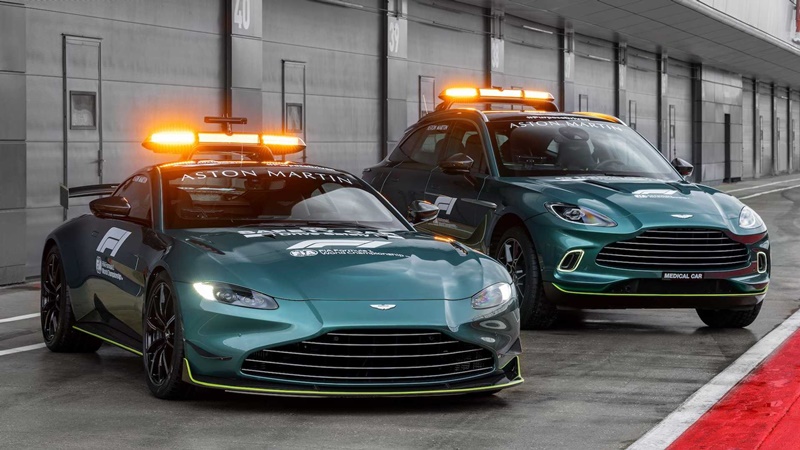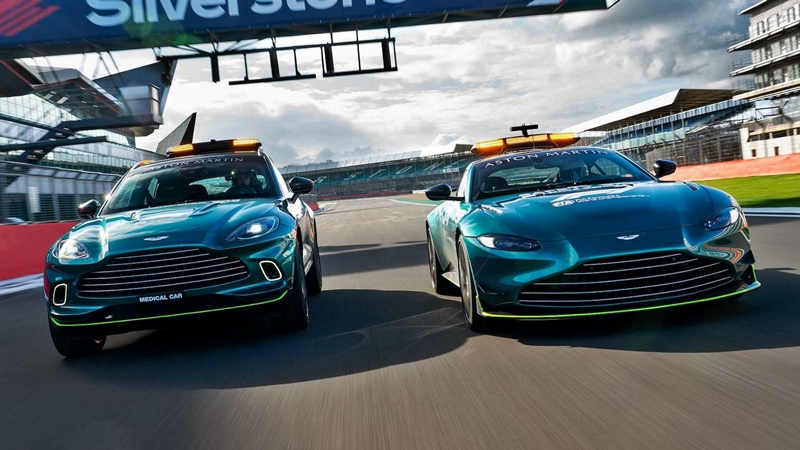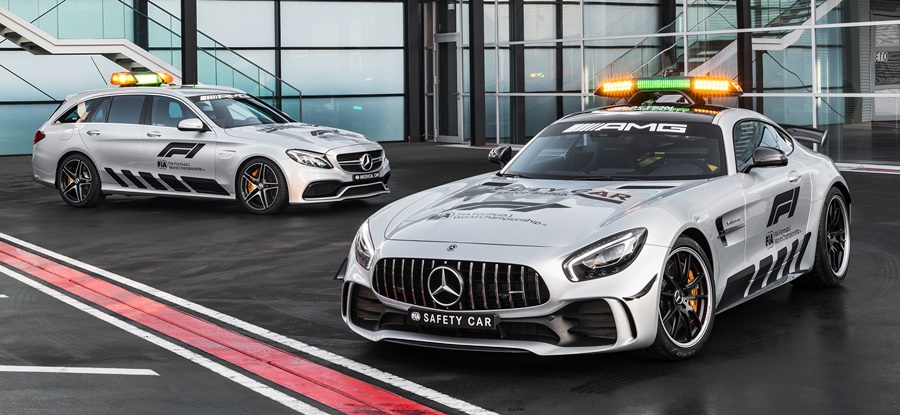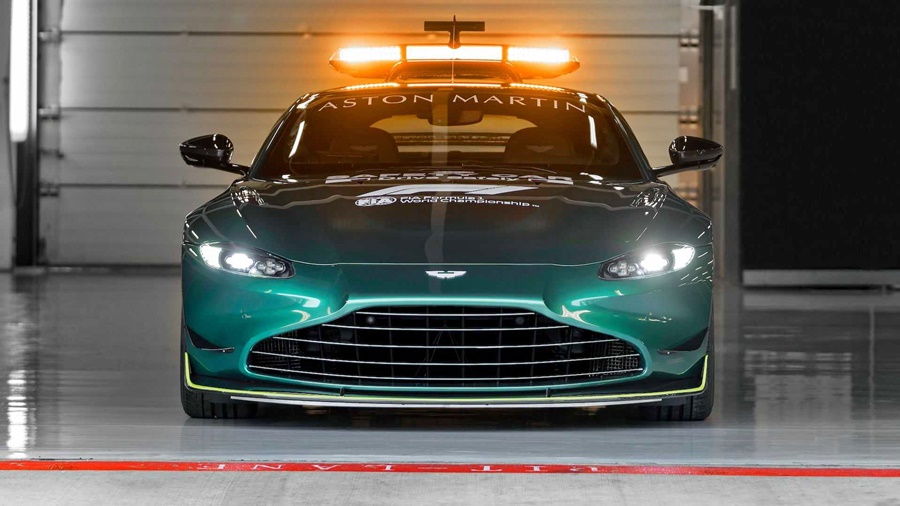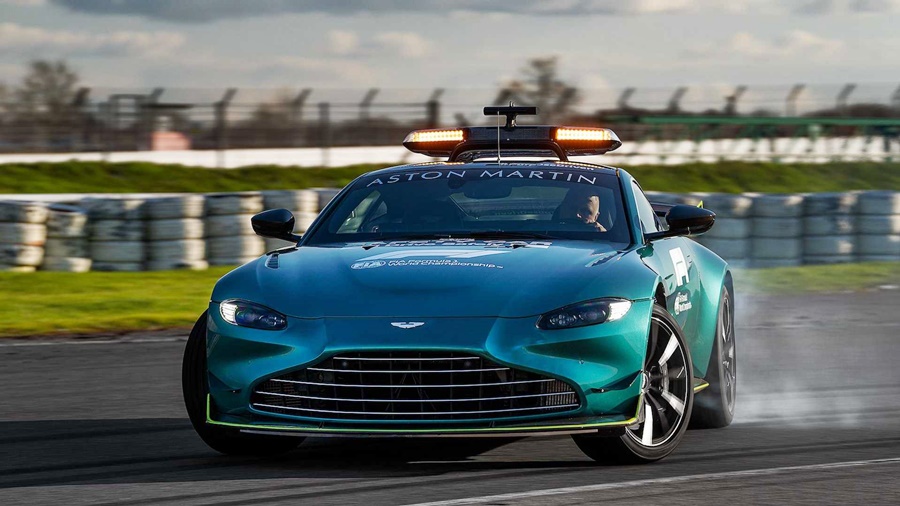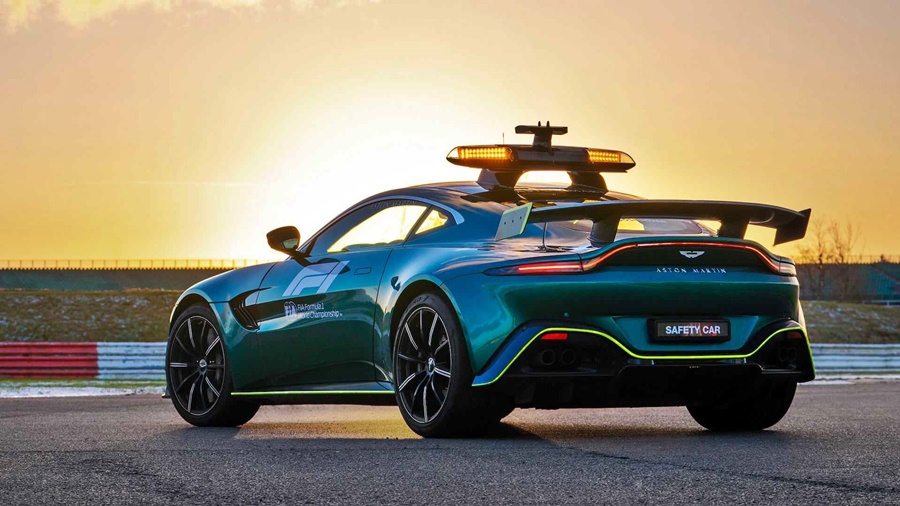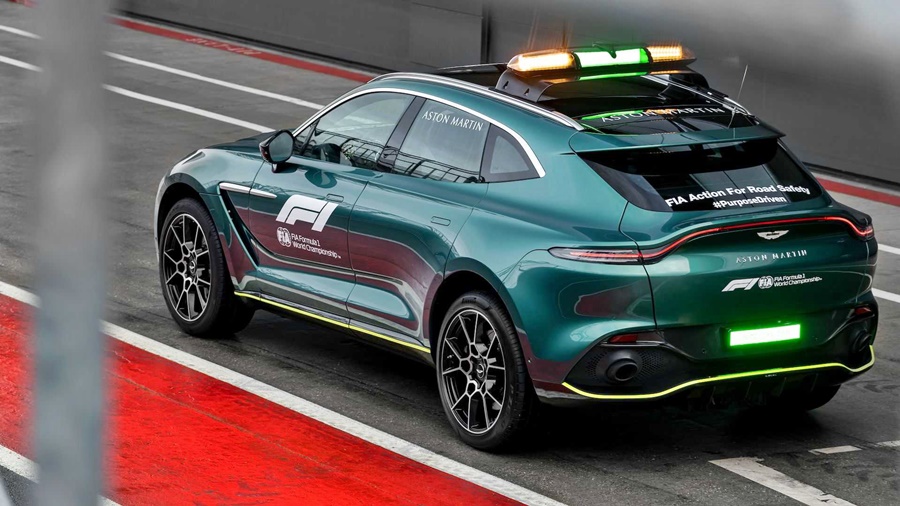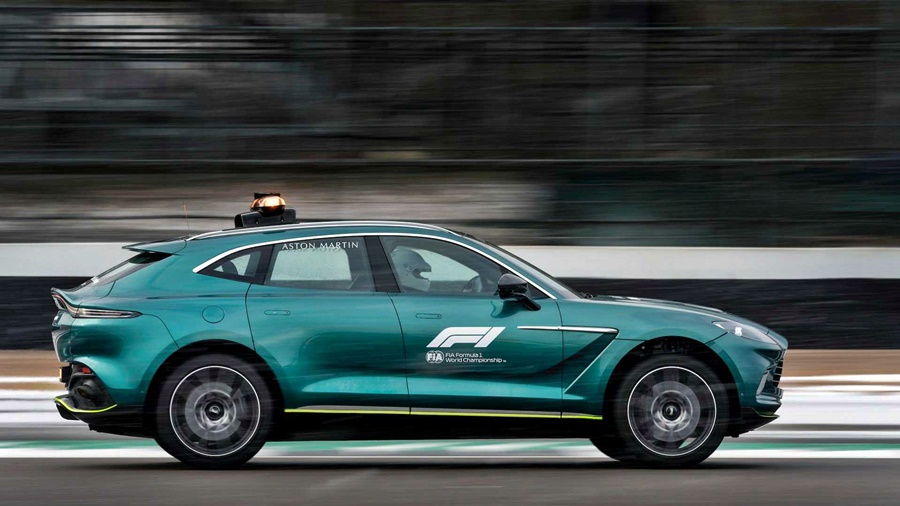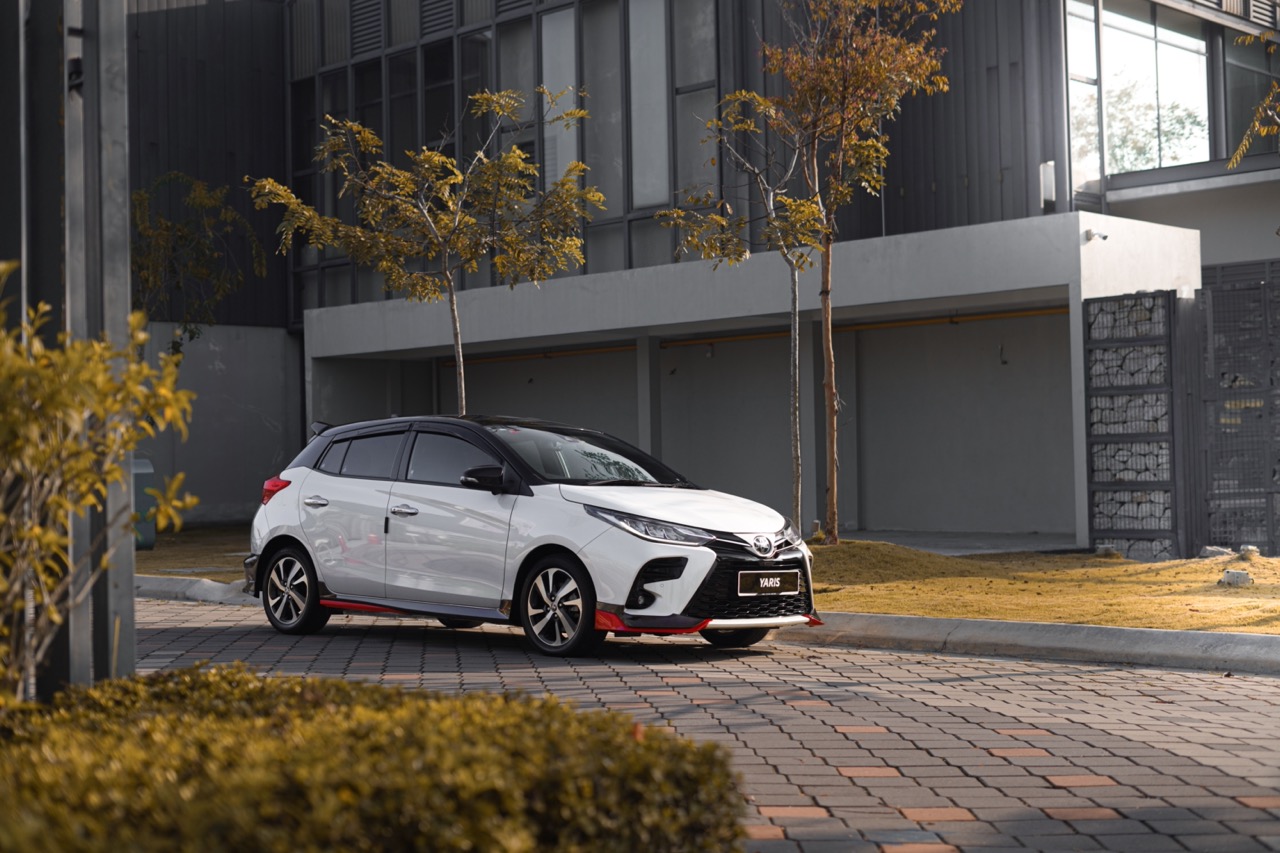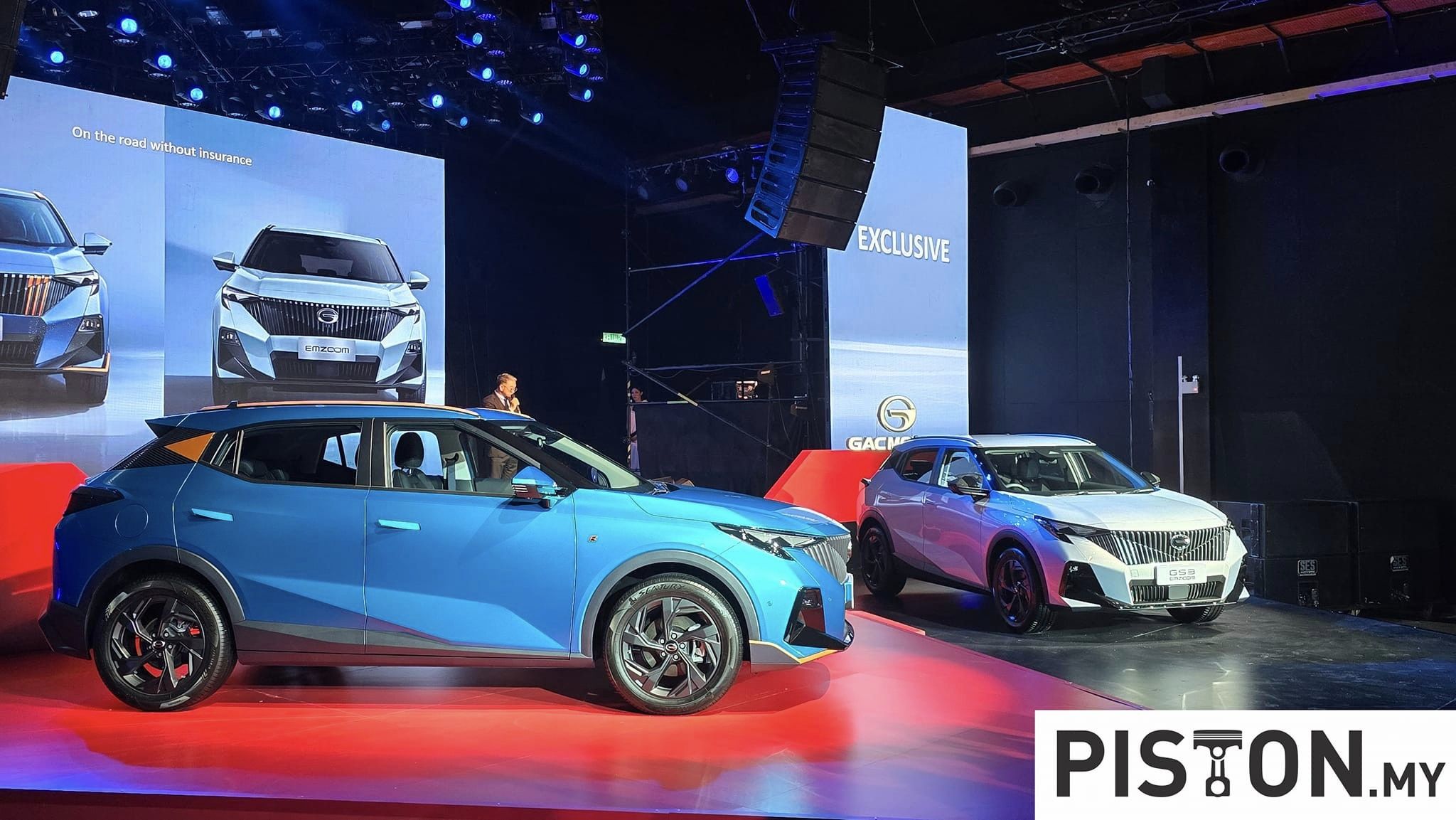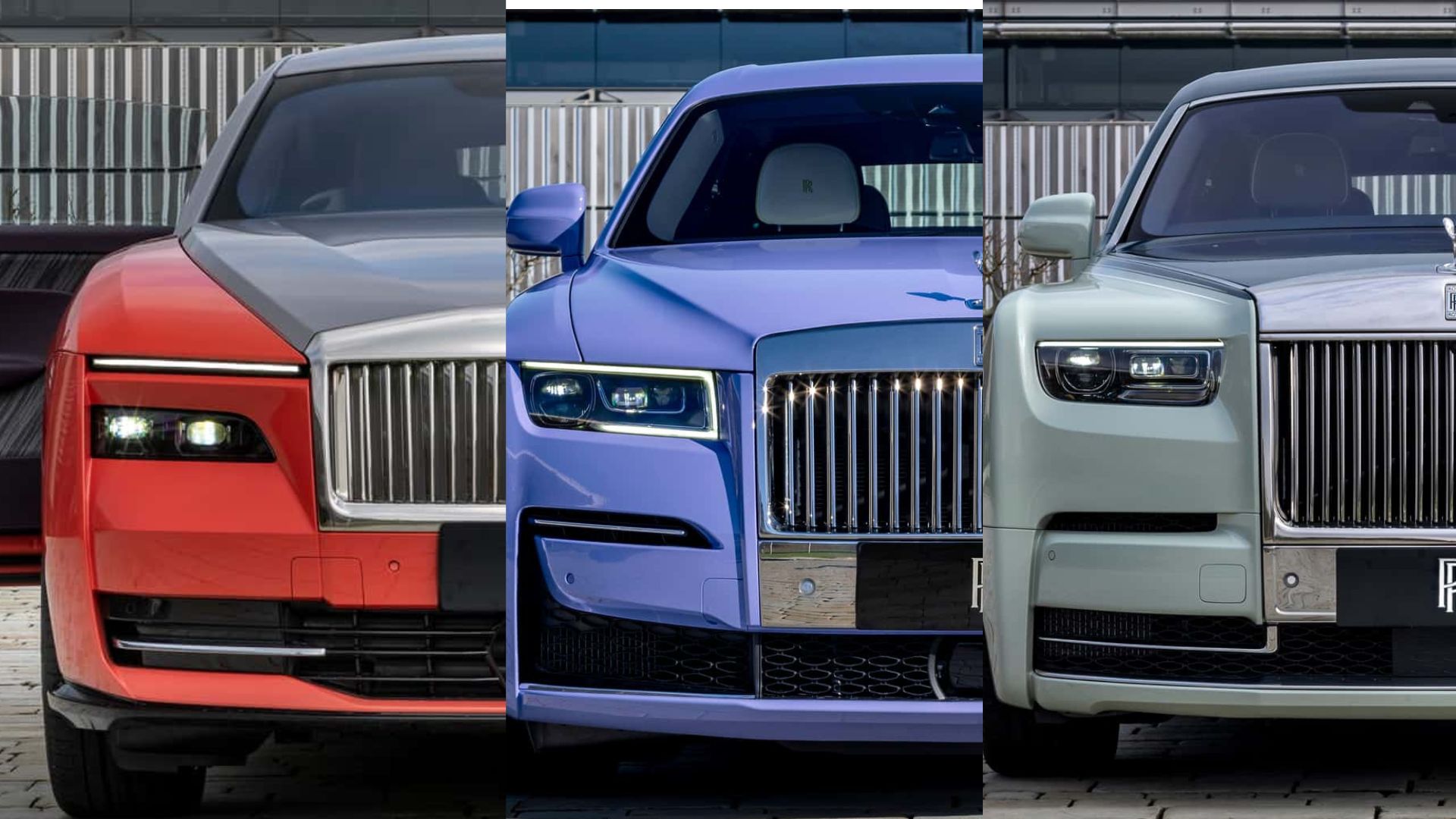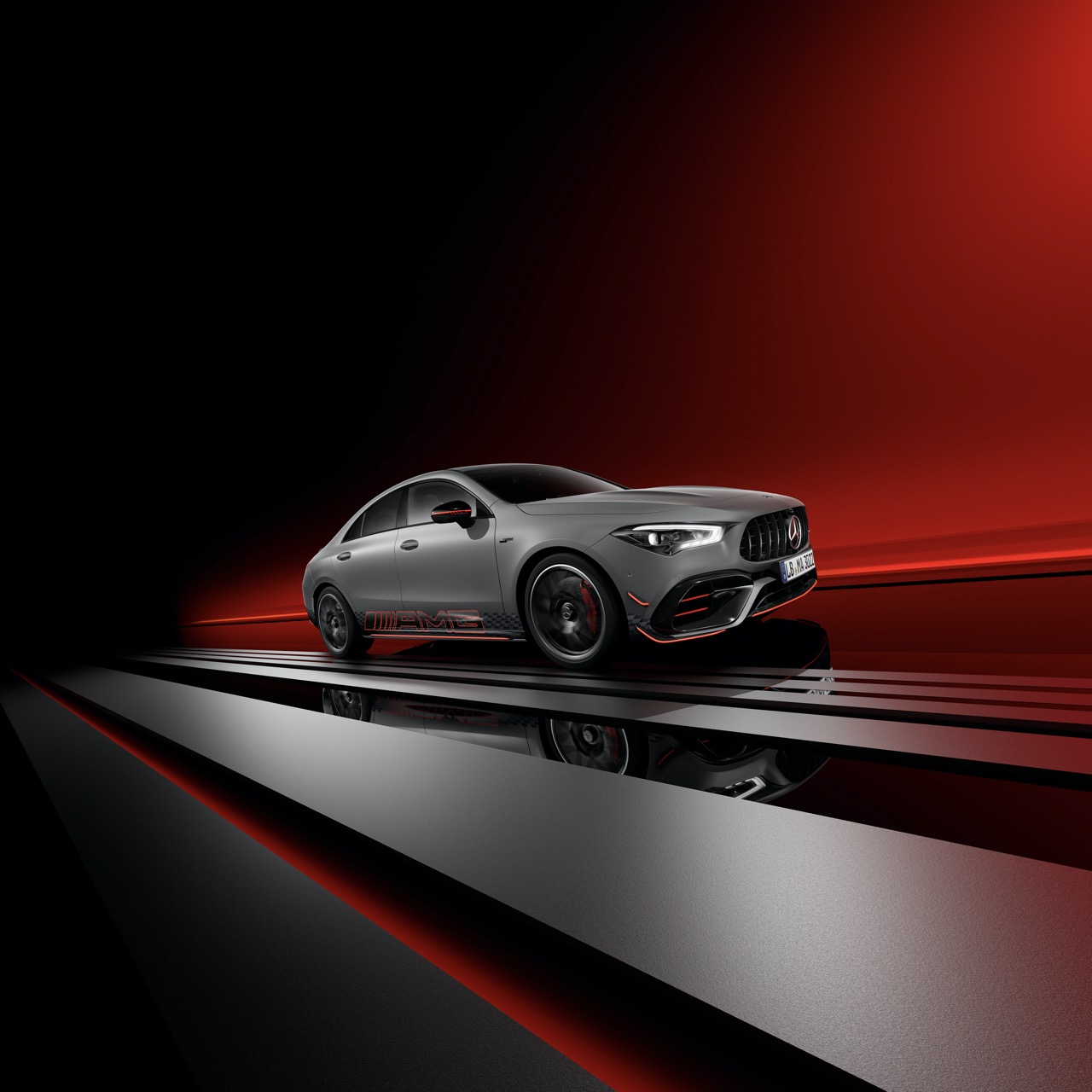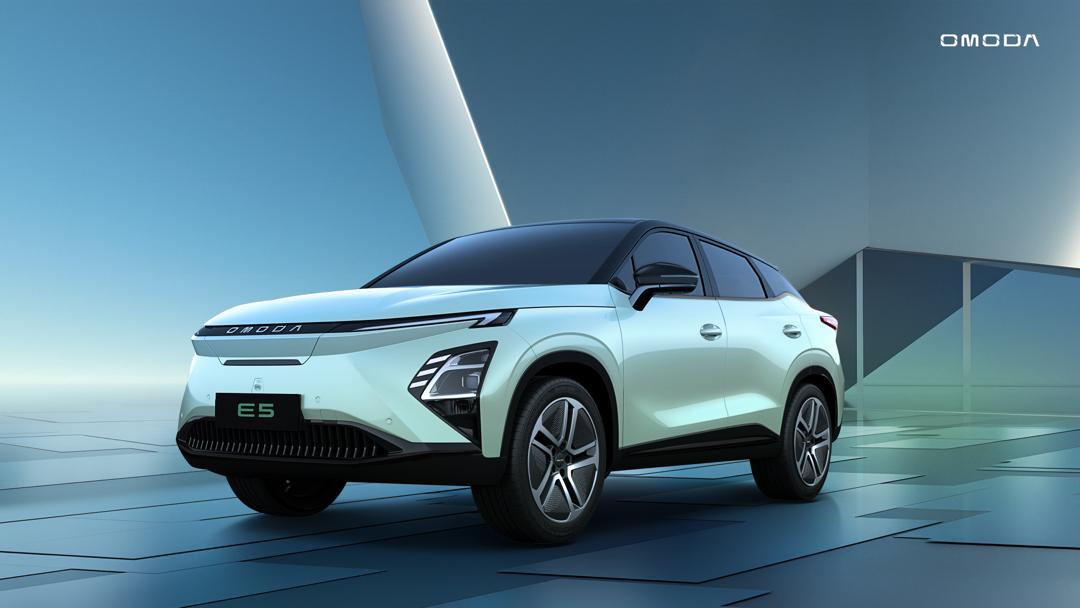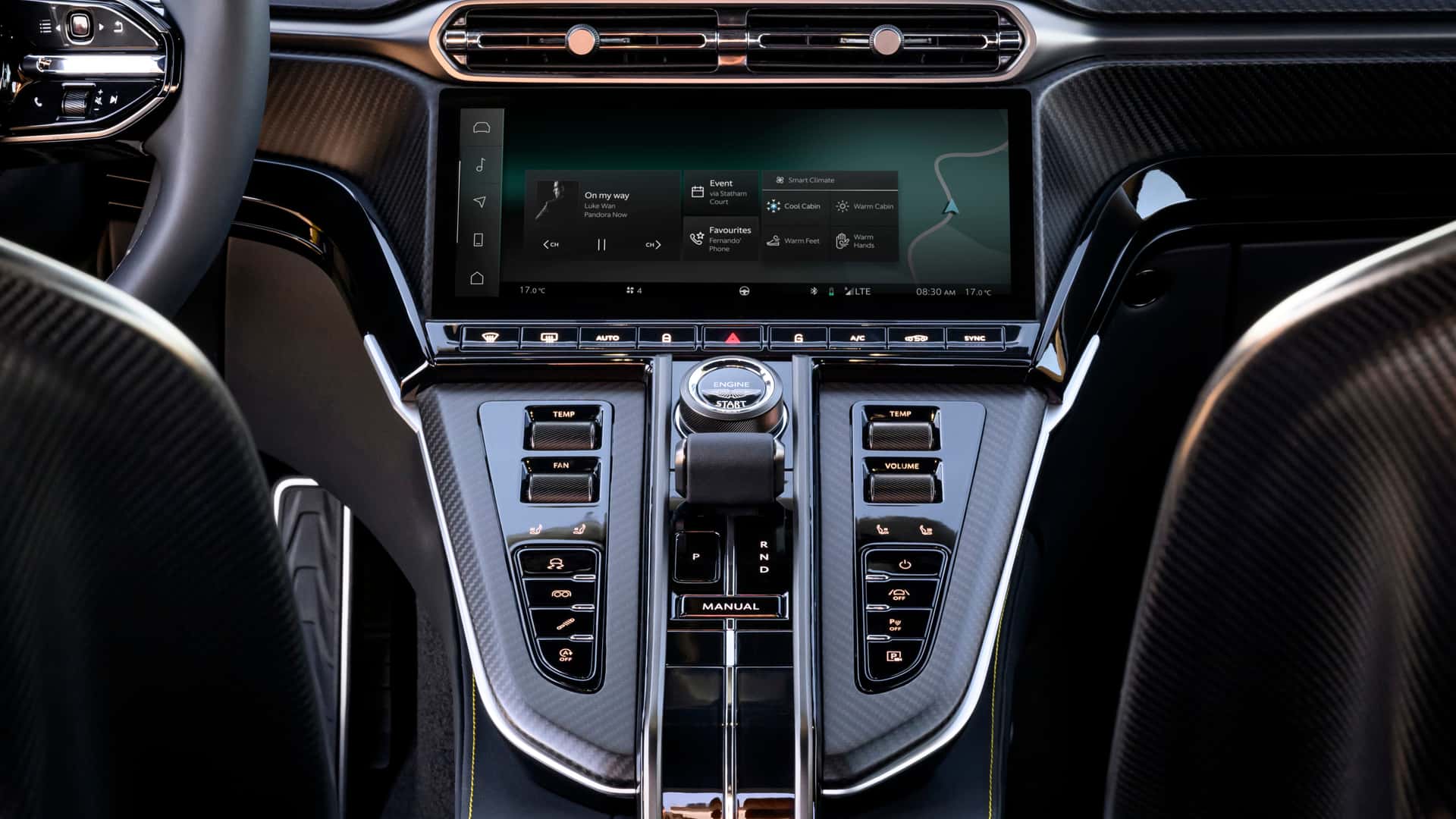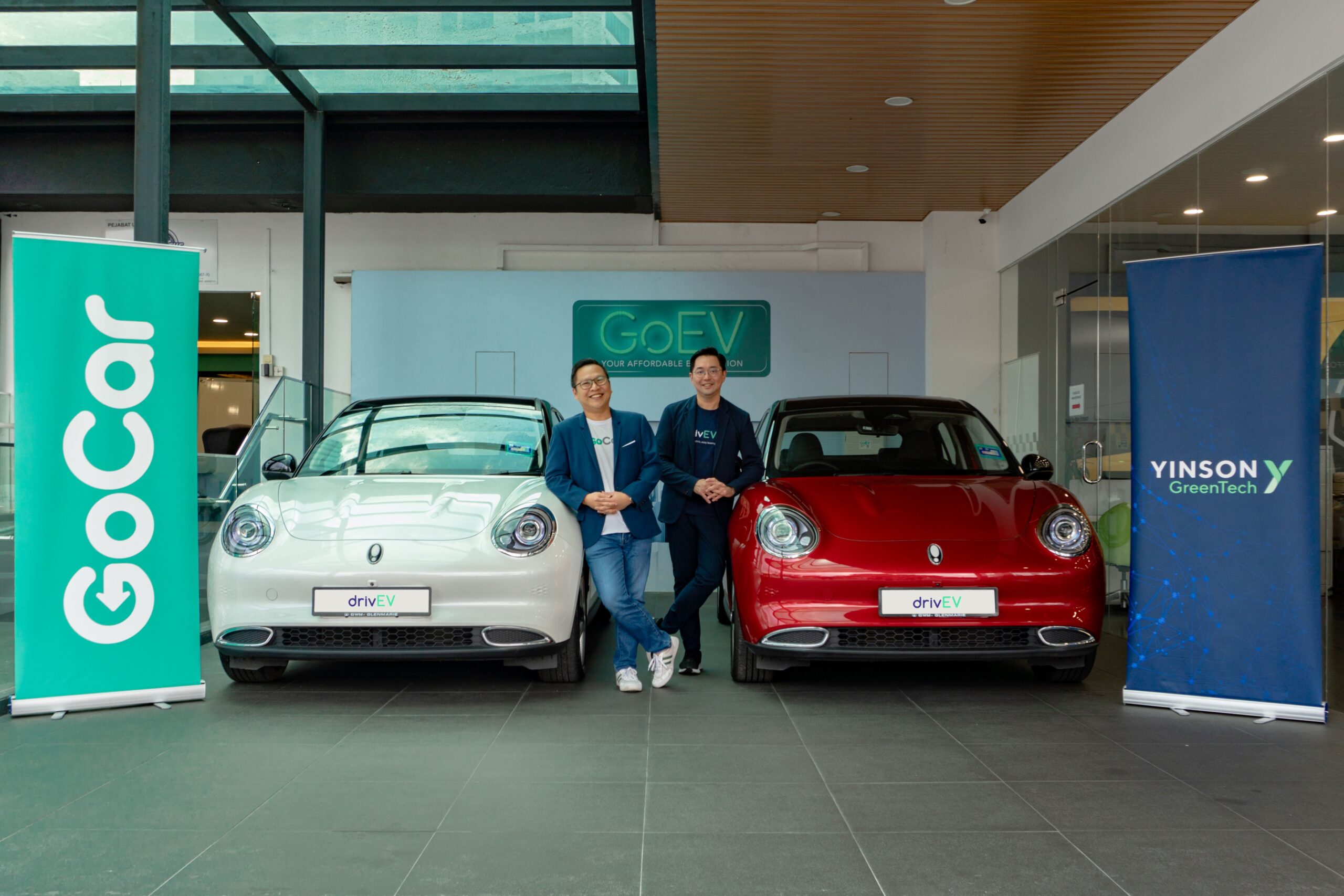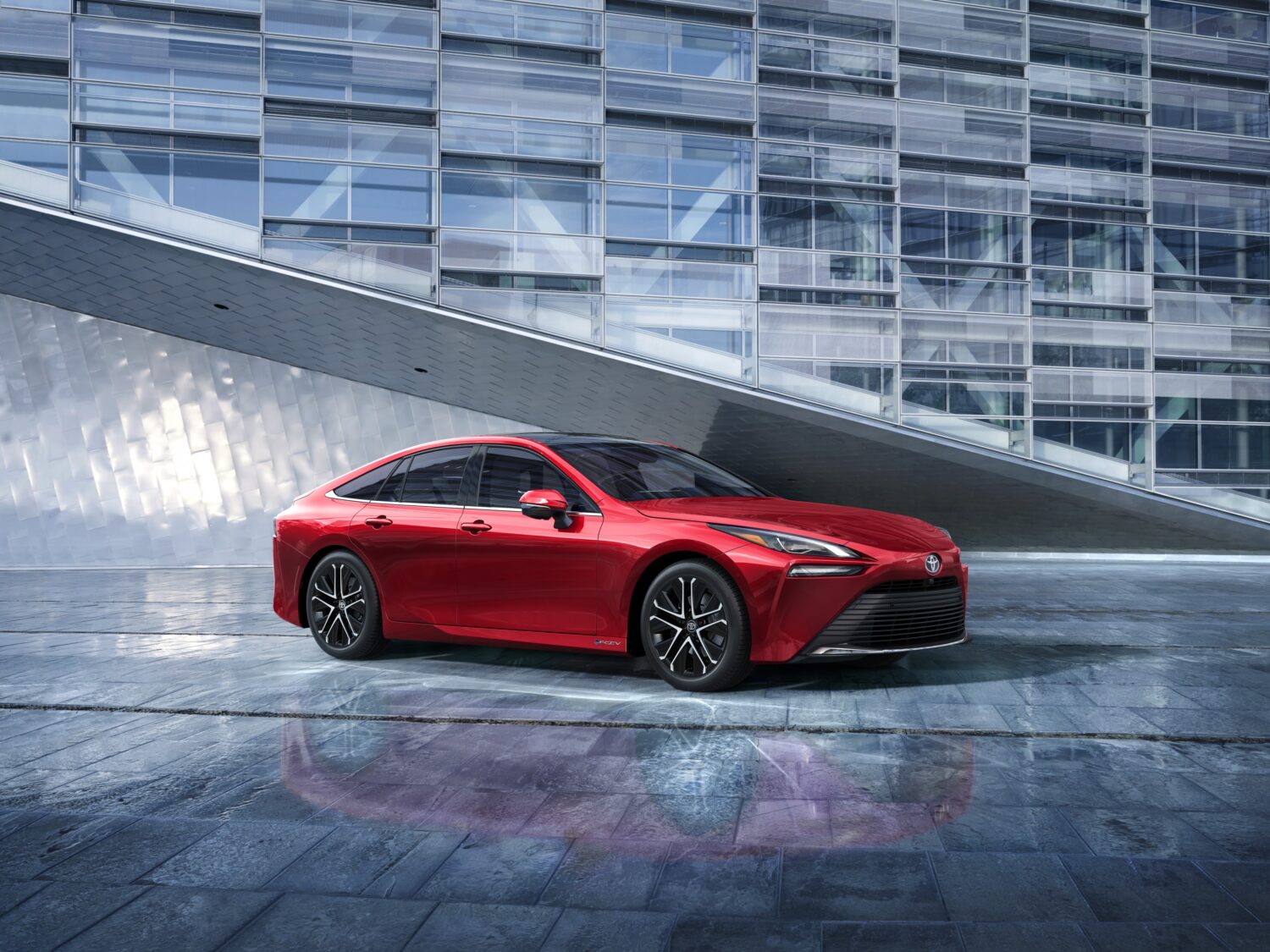Since 1996, the Official Safety and Medical cars have been supplied by Mercedes-AMG for each round of the Formula 1 World Championship. This year, a new era starts with cars from Aston Martin taking on the important roles (for a certain number of races), coinciding with the return of the British marque to Formula 1.
Aston Martin will supply the FIA with a Vantage for the Safety Car which was the Mercedes-AMG GT R in recent years. The Vantage Safety Car is specially equipped for the critical role of intervening and controlling the pace of an event involving the fastest racing cars in the world. It also has chassis and aerodynamic improvements for high-speed driving as well as a few additional modifications to make it FIA-compliant, like all racing cars in international motorsport.
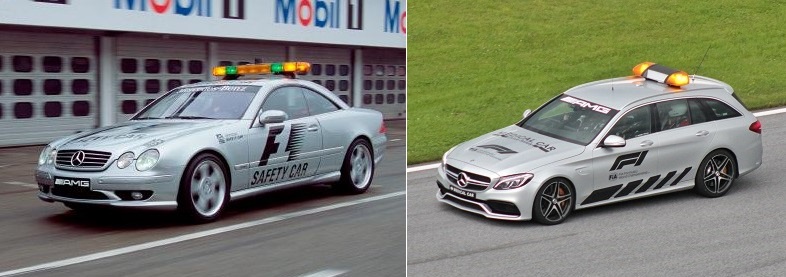
The Safety Car will still be driven by Bernd Maylander (DE) who has been doing the duty for over 20 years. Th Aston Martin will remain on standby in the pit lane throughout the race and when deployed by Race Control in the event of bad weather or an accident, the former race driver, accompanied by co-driver Richard Darker, will speed to the head of the field to safely control the pace of the pack, neutralizing the event and allowing any incident to be managed safely by the circuit’s officials.
In the event that the racing cars must follow the Safety Car for a period of time, the speeds cannot be low as tyre temperatures can drop when they are running at sub-optimal speeds. These fast lap times are essential and the Safety Car must have the performance to maintain this.
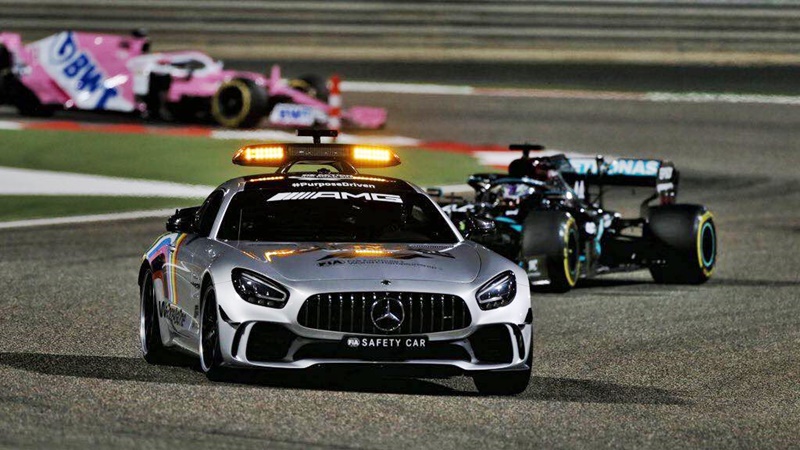
To have this capability, the Vantage provided has had its power has increased by 25 ps to 535 ps, delivered by a 4.0-litre twin-turbo V8 with 685 Nm of peak torque. Interestingly, this is the same ‘heart’ as the previous Safety Car as the M177 engine is supplied by Mercedes-AMG to Aston Martin for some of its models.
The torque curve has been adjusted to allow for longer sustained maximum output. With additional work on the transmission means the driver has a better sense of directness, precision, and control through upshifts and downshifts.
The Vaned grille coupled with a new front splitter creates 155.6 kgs of downforce at 200 km/h – more than 60 kgs than the production model produces at the same speed. Modifications to the suspension, steering and dampers have also been undertaken, with further detailed underbody bracing modifications to increase front structural stiffness.
Having already developed a cooling system that proved effective in extreme conditions and temperatures on the multiple championship-winning Vantage GT4 racing car, Aston Martin engineers transferred this technology into the Safety Car, along with the addition of extra vents in the bonnet to support further cooling.
It runs on standard Pirelli road tyres (but with a lower profile) and has the same carbon-ceramic brakes found on the production Vantage, with additional brake ducts hidden within the front grille to aid cooling.
The F1 Safety Car has prominent FIA Safety Car livery and noticeable external equipment. There are bodyside mounted radio antennas, an LED rear number plate and a bespoke, roof-mounted LED light-bar, developed by Aston Martin.
The light-bar sits on a carbonfibre plinth, raised above the roofline. Bright orange lights on the outer edges of the light-bar illuminate when the Safety Car is in action. A centrally positioned amber flashing light then illuminates once it in position ahead of the race leader – indicating that no one should overtake.
Two centrally positioned green lights are illuminated once it is safe for the F1 cars to pass. The headlamps and taillamps also flash to aid the safe deployment of the car. The rear numberplate displays ‘SAFETY CAR’ illuminated by LEDs, making it clear to drivers in the cars behind in all weather conditions. A rear-facing camera is also fixed to the light-bar that feeds a live image into a second rearview mirror located inside the cabin, allowing the co-driver to monitor any activity at the rear.

In the cabin, the standard seats have been replaced by FIA-approved racing seats equipped with a 6-point safety harness, the same as those found in the F1 cars. Two screens are mounted on the dashboard, providing the driver and co-driver with a live television feed and a variety of customizable information displays, including live lap timing and the track positioning of all active racing cars.
The centre console has been modified significantly. The rotary dial has been moved back to where the cupholder was positioned and in its place sits a switch control system used to execute a number of actions, including activating the siren, radio communications and controlling the light-bar LEDs. The ‘Marshalling System’ is integrated into the instrument cluster and the dashboard, allowing both the driver and co-driver to see which colour flag is being shown on the track, by the illumination of the same coloured LED light. This is a similar system to that also used by regulation in all F1 team cars. TV cameras are also mounted on top of and inside the car, to provide live TV footage.
The Official F1 Medical Car is the Aston Martin DBX (above), the brand’s first SUV. The role of this vehicle is to speed to the scene of an accident to provide medical assistance as quickly as possible in the event of an emergency. This was demonstrated last year when Romain Grosjean had a horrifying crash and his car caught fire; the Medical Car arrived quickly and the crew was on the spot to provide immediate medical support before other medical personnel arrived.
Like the Safety Car, the Medical Car is finished with Lime Green accents as well as the prominent FIA medical car livery, along with the LED rear numberplate and roof-mounted LED light-bar which sits upon the roof rails. It also has the AMG-supplied V8 engine, also found in DB11 and Vantage, tuned to deliver 550 ps/700 Nm, clearly enough to allow the Medical Car to reach any spot on a track quickly.
There is a substantial amount of equipment including a large medical bag, a defibrillator, two fire extinguishers and a burn kit – all of which can fit into the 632 litres of boot space.
While the interior trim is similar to what customers get, the central rear seat has been removed, and the remaining four seats have been replaced with sport bucket seats, each equipped with a 6-point safety harness. These provide seating for the driver, Alan van der Merwe, and Dr. Ian Roberts – the FIA Formula 1 Medical Response Coordinator, as well as a Local Doctor, leaving one spare, in case an incident requires a racing driver to be driven back to the pit lane.
Much like the Safety Car, two screens have been mounted onto the dashboard to provide live race footage. An additional screen is used to read live biometric data delivered via technology in the drivers’ gloves, which in the event of an accident, provides critical information on their condition. The ‘Marshalling System’ and the rearview mirror camera display have also been installed into the Medical Car.
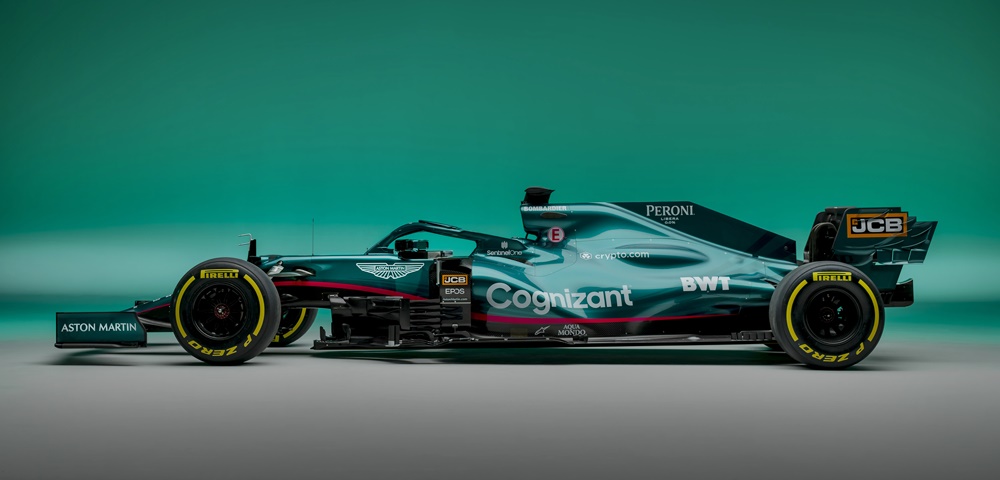
The development of the two cars was carried out by the engineering team at Aston Martin. There was endured significant testing, which included high-speed durability assessments and aggressive circuit driving at Aston Martin’s own facility, clocking almost 15,000 kms collectively. The cars have also been tested in a dyno climate chamber to ensure they will perform in all race conditions.
The two Aston Martins in action will be visible to the public for the first time during the 3-day pre-season test at Bahrain (March 12 – 14), and then again during the opening round of the 2021 Formula 1 World Championship at the same venue 2 weeks later. The Gulf Air Bahrain Grand Prix 2021 will be broadcast live on March 28 from 7 pm Bahrain time (midnight Malaysian time).
Aston Martin Cognizant Formula One Team returns British marque to the starting grid


